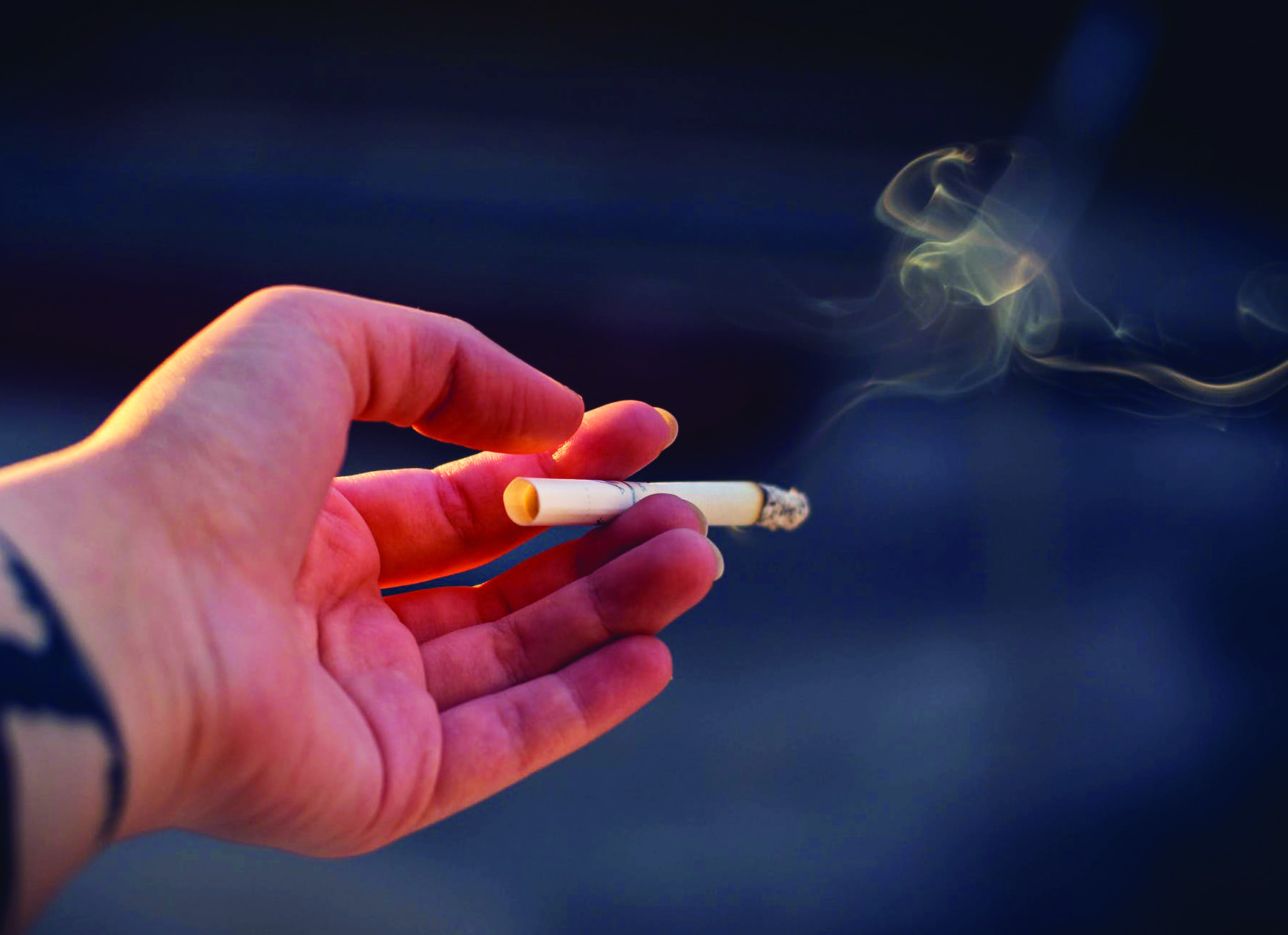Sajila Nudrat | Health Editor
Featured Image: Sacrificing sleep for a little bit of extra studying has adverse effects on exam scores. | Courtesy of Pexels
York’s Board of Governors approved the University’s proposed smoking policy at their November 27 meeting. The policy applies to all individuals on campus, including staff, students, faculty, volunteers and visitors.
York is a smoke-free environment, meaning there is no smoking allowed in any of the buildings on campus. However, smoking is permitted outside enclosed spaces, but not within nine metres of an entrance/exit of a building. In terms of the policy, smoking includes the use of tobacco or cannabis in cigarettes, cigars, hookahs, blunts, pipes, or e-cigarettes.
With the legalization of marijuana, there is a growing concern in regards to its effects in both the public, and the university sphere; not just amongst users, but also those who are victims of second-hand smoke inhalation. Second-hand smoke, also known as ‘passive smoke,’ is the inhalation of smoke by persons other than the intended ‘active’ smoker. Tobacco smoke contains more than 7000 chemicals, including hundreds that are toxic and can cause cancer, which means it is dangerous not just for the smoker, but also those nearby.
In adults who have never smoked, second-hand smoke can cause heart disease, lung cancer, and strokes. For nonsmokers, breathing in second-hand smoke has immediate harmful effects on the heart, and blood vessels.
David James, a third-year psychology student, discusses the dangers of second-hand smoke and its prominence on campus. “I believe second-hand smoking is a leading cause of respiratory disease.” When asked if he feels there is a lot of smoking on campus, James responded with “yes, way too much.” To address the issue, James says: “Smokers should be in a designated smoking area because if second-hand smoke is not being controlled, people with asthma and other respiratory diseases can be triggered into reactions such as coughing and wheezing.”
“Although I do not like being around people who are smoking, I feel like it is something that I have become very used to on campus. Smelling smoke is something that is very common around campus, I don’t think much about it anymore.” Said an anonymous fifth-year concurrent education student.
When asked if she experiences a lot of second-hand smoke on campus, an anonymous third-year health and society student said, “Yes, too much. When I’m walking through campus outside I’m always walking into it, to the point where I cover my nose with my sleeve.”
To minimize and reduce the risk for heart disease and lung cancer among non-smokers who have not consented to being exposed to volatile and harmful chemicals, some post-secondary institutions have adopted 100 per cent smoke free campuses. There are now 65 such institutions in Canada with 100 per cent smoke-free campuses, including the outdoors.
This is done with the goal in mind to provide a healthier environment for everyone on campus. It discourages tobacco use among young people, while also providing health leadership within the communities.


